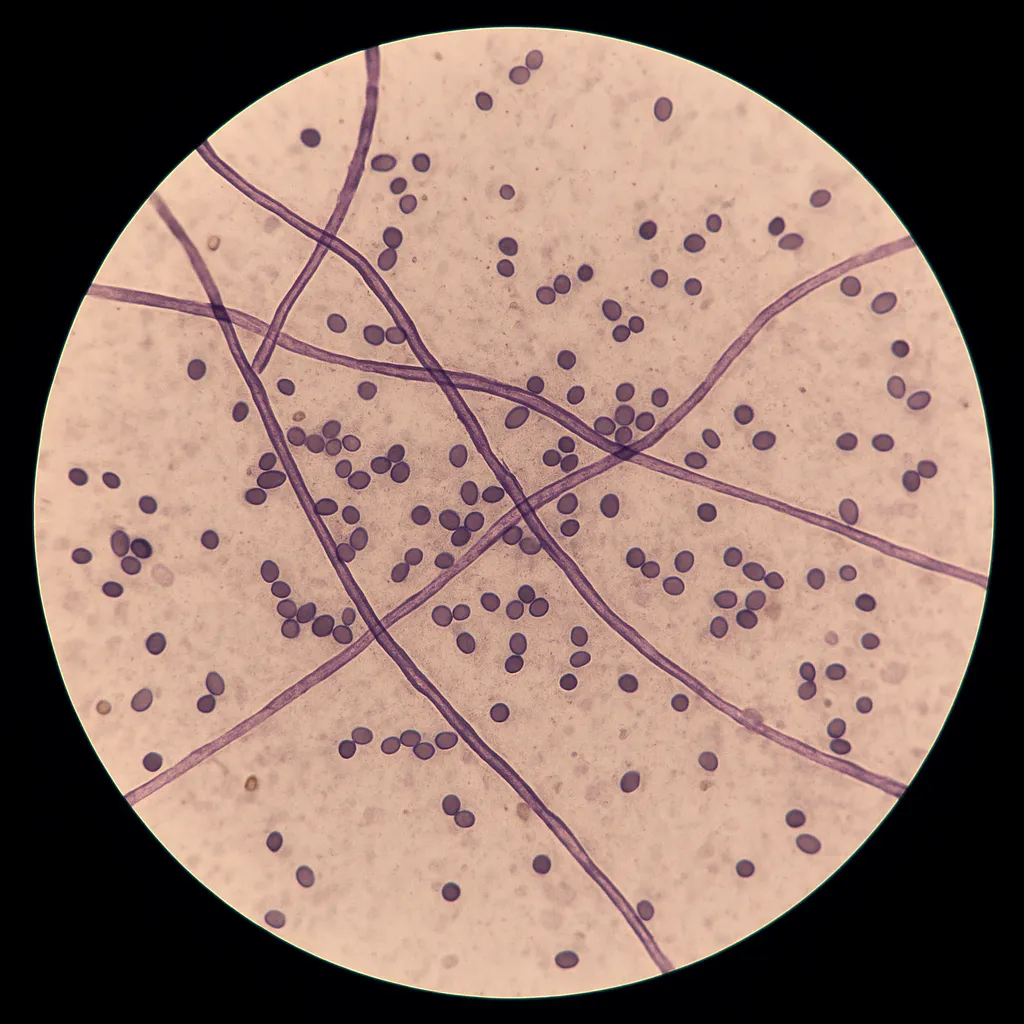NEW ARTICLE SUMMARY
Increasing rate of non-Candida albicans yeasts and fluconazole resistance in yeast isolates from women with recurrent vulvovaginal candidiasis in Leeds, UK
Published: October 2024
What was studied?
This study analysed 5461 vaginal swabs from women with suspected complicated or recurrent yeast infections (thrush).
Samples were taken between April 2018 and March 2021.
Samples were from adult women in Leeds, UK.
Thrush cases were increasingly caused by other species
The majority of thrush cases are deemed to be due to an overgrowth of Candida albicans.
However, this study found an increasing number of cases of other Candida species.
For example, the species Nakaseomyces glabrata increased from under 3% in 2018-19 to over 6.8% in 2020-21. This species is known to be less susceptible to azoles (commonly used anti-fungal treatment).
Increased in fluconazole resistance
The researchers also found a significant increase in fluconazole resistance.
From under 1% in 2018-19 to 3% in 2020-21.
Treatment implications
The authors of this research also point to a recent policy change in clinical diagnosis of thrush.
The UK primary care guidelines now recommend a clinical diagnosis of thrush (vulvovaginal candidiasis) be based on signs and symptoms (& occasionally with vaginal pH testing), and for this to then be followed by treatment with a single dose of an anti-fungal.
This has led for many to increasingly believe that thrush is over-diagnosed and therefore the anti-fungals to be increasingly overused by the system.
Fariba Khonsari




